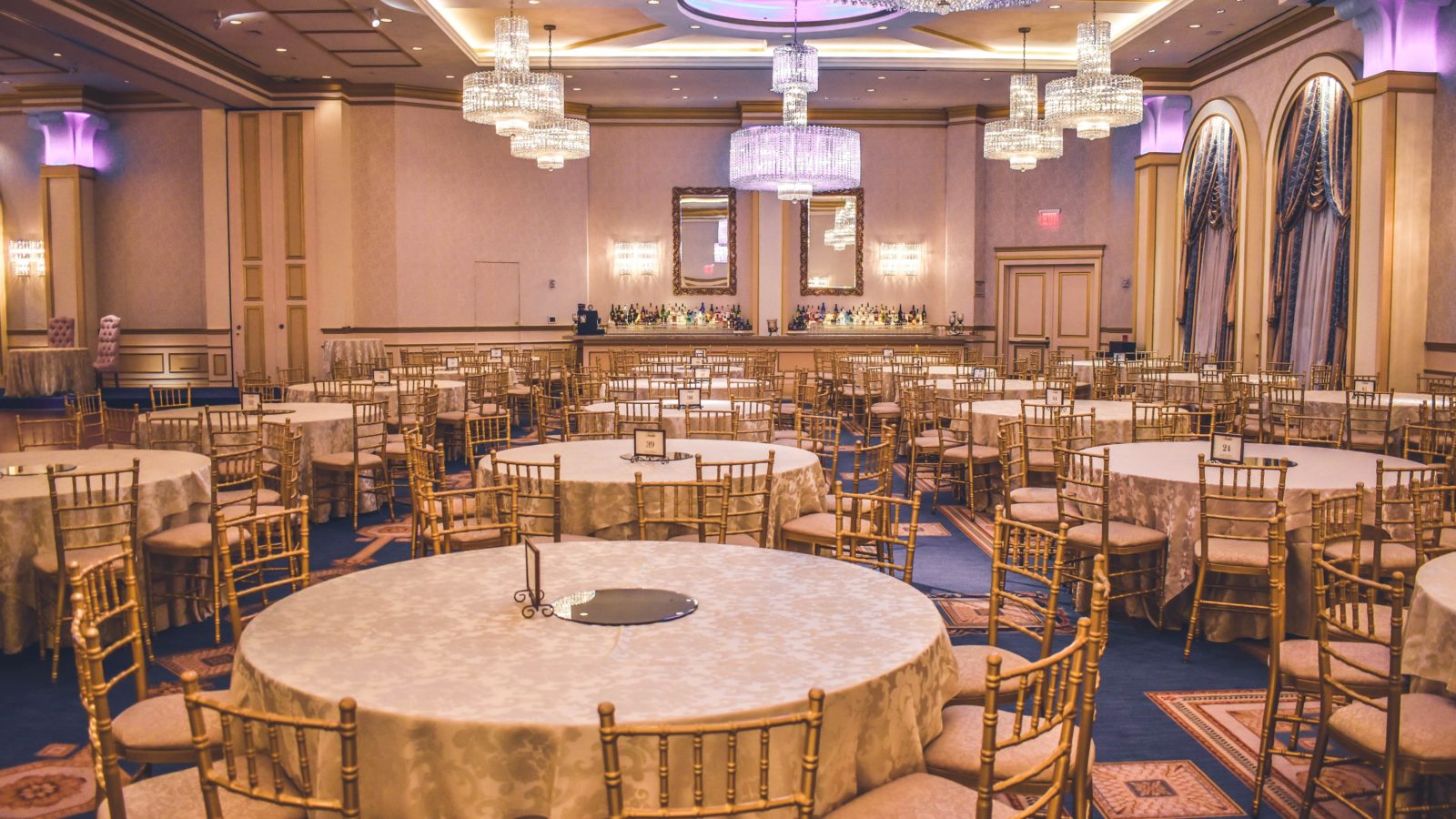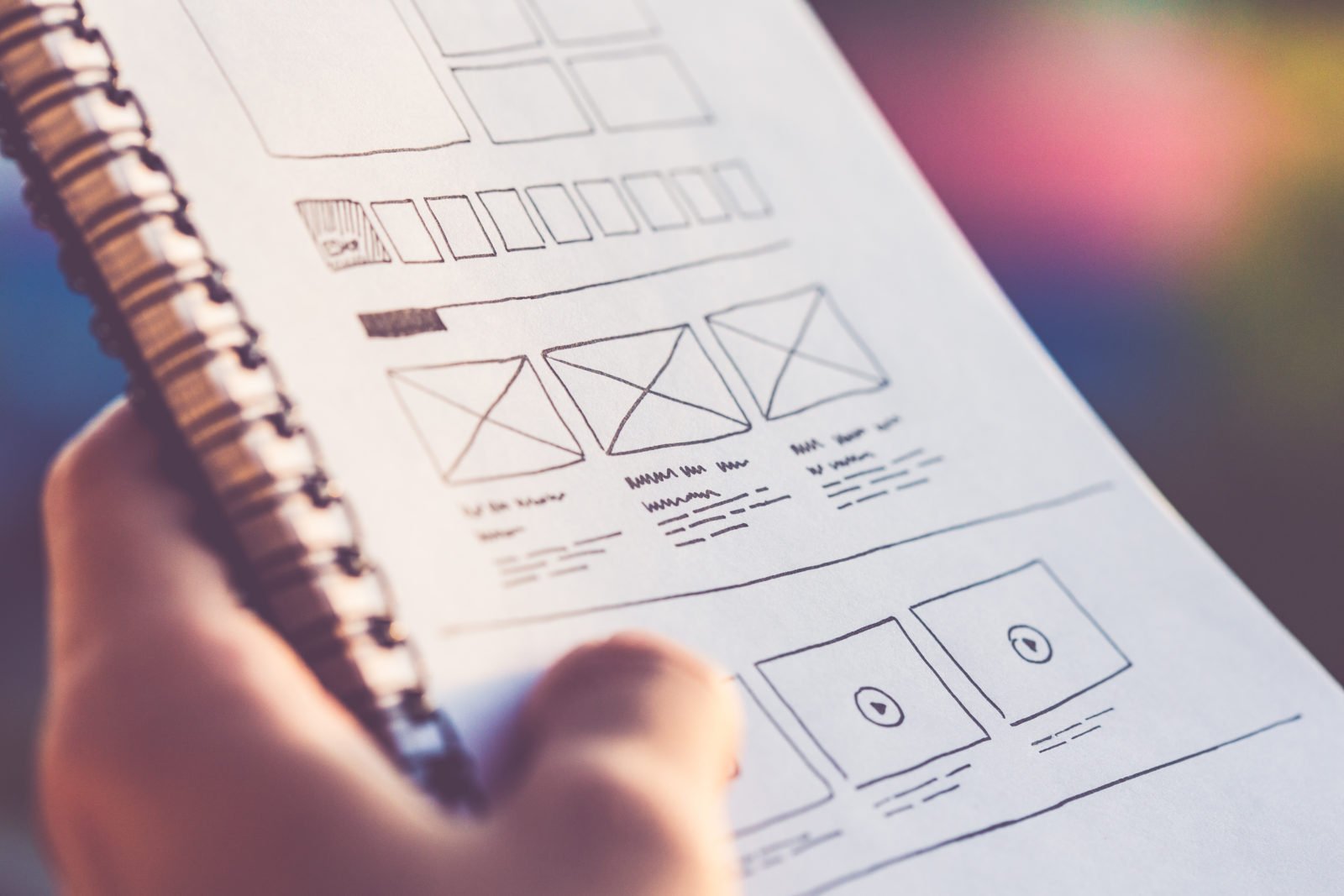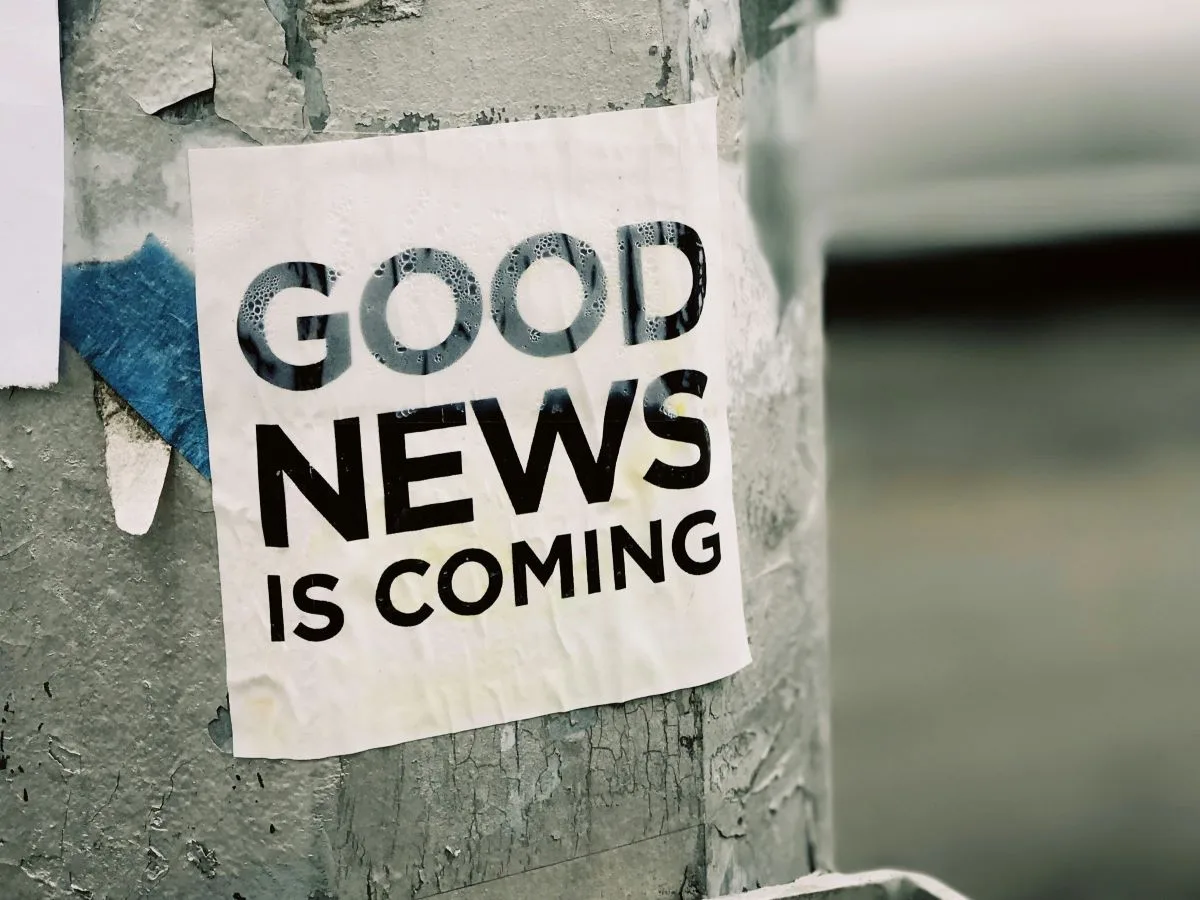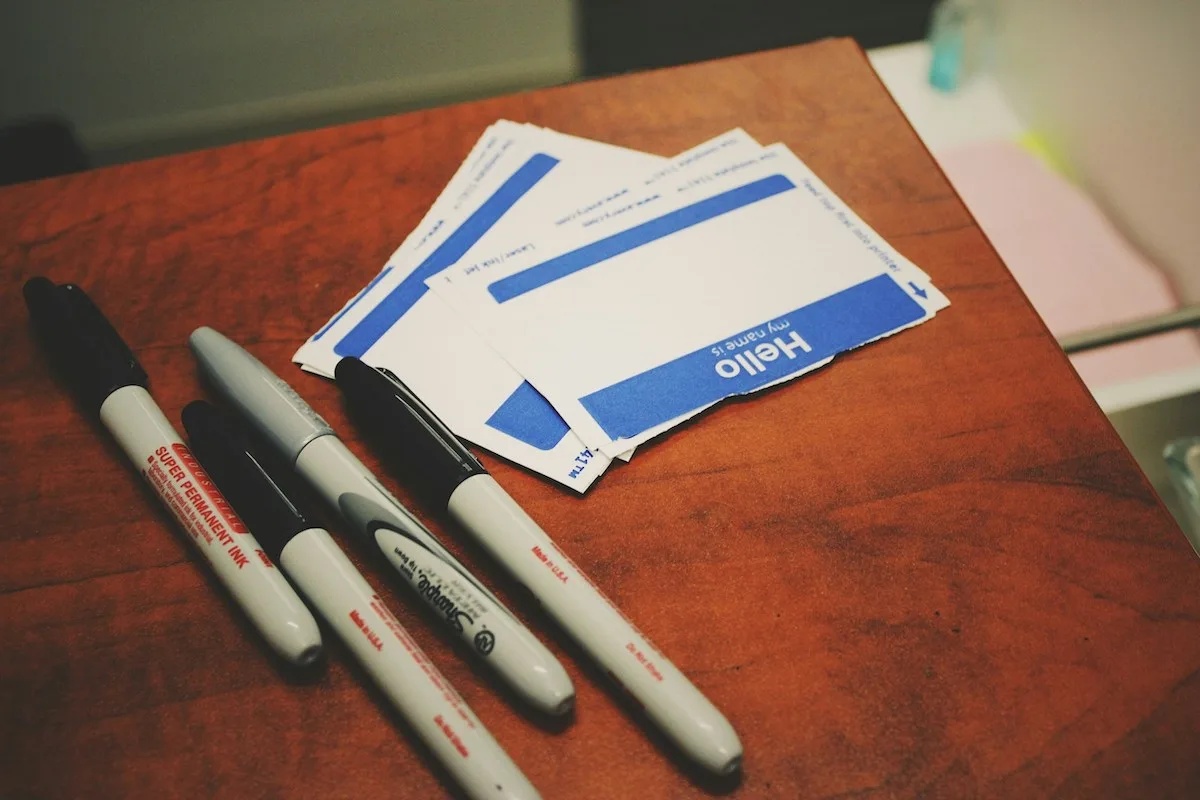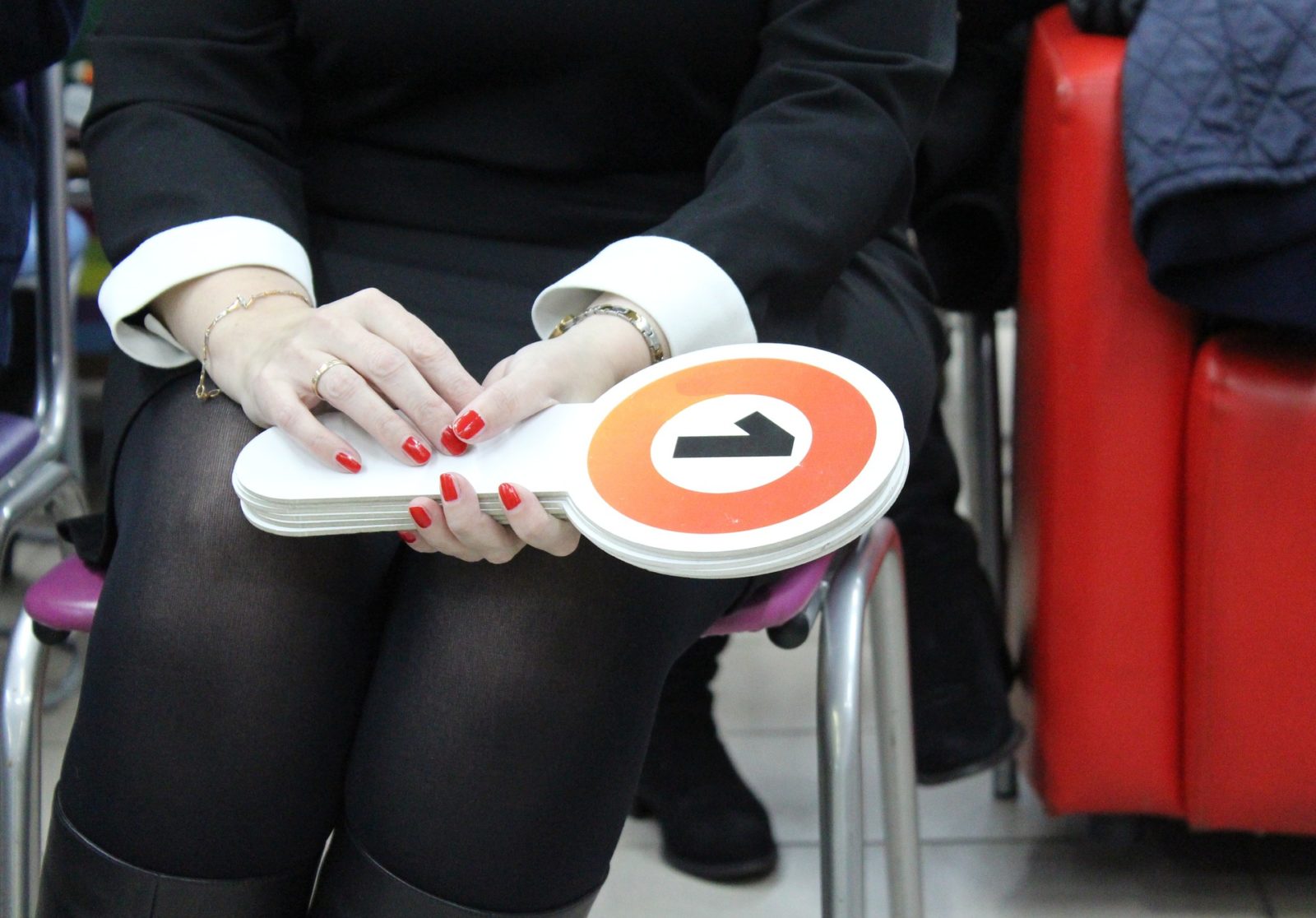
Are you thinking about running a charity auction at your next event? You’re in the right place!
Because auctions are so interactive, they can be great opportunities to engage and connect with your supporters. They’re also some of the most profitable events since donors are invited to compete with each other to win unique items and experiences that were donated (or bought at a reduced cost) to a nonprofit.
Today, we’ll cover eleven tips you can use to raise more at your next charity auction, including:
- Choose the right charity auction format
- Use the right charity auction software
- Offer outstanding items
- Team up with corporate sponsors
- Advertise items in advance
- Be strategic with your timing
- Incorporate additional fundraising strategies
- Update your donor accounts
- Send auction attendees a special thank-you
- Send other supporters a special update
- Segment future event invitations
Let’s take a look!
1. Choose the Right Charity Auction Format
If you want to run a great charity auction, you’ll need to choose a format that will appeal to your supporters.
There are four general types of fundraising auctions to choose from:
- Live auctions. Live auctions are typically what people think of when auctions come to mind. An auctioneer takes the stage to introduce and run the bidding on each item. The audience then places their bids by raising bid paddles, calling out amounts, or catching the auctioneer’s attention in some other way.
- Silent auctions. During silent auctions, organizations display auction items around the room. Guests participate either by writing their bids on bid sheets or by bidding using mobile auction software. Mobile bidding is becoming increasingly common; bidders can view and bid on items on their smartphones, which means they don’t have to hover next to their favorite item’s bid sheet. They don’t even have to be in the room at all, which makes this method extra appealing to organizations with far-flung supporters.
- Hybrid auctions. Hybrid auctions combine both live and silent auctions. Nonprofits can set up their silent auctions using a platform that gives people the opportunity to make mobile bids (or bids made at home on their computers), and then run a live auction for extra-special or exclusive items.
- Online-only auctions. These silent auctions take place entirely online. The nonprofit creates its silent auction items in an online auction platform, and participants bid on their favorites from the comfort of their own homes.
Consider the type of auction your supporters are most likely to attend.
In-person events are generally more engaging than online events, and they present lots of valuable opportunities to connect with your donors face to face. That said, they’re also more expensive and time-consuming to pull off. Online auctions are more economical and can be easier to plan, but you’ll miss out on getting to interact with your supporters in a social setting.
You should also consider your donors’ past preferences. If your donors have loved live events in the past, then an in-person auction is probably the way to go. If you have a base of tech-savvy supporters who love to engage with you online, an online auction might be the perfect option! You can always cover all your bases by planning an in-person charity auction but enabling remote bids through your event platform.
The takeaway: Seeing success with your charity auctions starts by choosing the right type of event. If you can pinpoint the type of auction that will bring your supporters out in droves, your fundraising will naturally benefit!
2. Use the Right Charity Auction Software
Before you get any deeper into planning your auction—no matter which type of event you’re hosting—you’ll need to make sure you have the right tools.
Anyone planning charity auctions can benefit from using a dedicated auction platform. This is a type of specialized event-planning software that includes features specifically geared towards auctions.
There are two main types:
- Auction and event planning software. Auction and event planning software should include all the features you’ll need to plan your auction. This may include item and RSVP management, online ticketing, check-in and checkout processes, online item catalogs, online auction sites, mobile bidding, and much more.
- Mobile bidding. This type of tool has a more narrow feature set—it focuses almost exclusively on facilitating bidding without including any other event planning tools. Mobile bidding is a contemporary alternative to old-school silent auction bid sheets. Instead of repeatedly inputting bidder numbers and bid amounts, donors can conveniently place bids from their own mobile phones from anywhere in the venue or at home. Using this method is a great way to encourage bidding at your event—attendees won’t even have to put down their tiny plates of hors d’oeuvres or get up from their seats to bid on their favorite items. And more bids often means more money raised!
The right charity auction software can help make any type of charity auction more successful. It helps by making planning more efficient, streamlining day-of-event logistics, and enabling nonprofits to provide donors with more convenience in bidding, ticketing, and other facets of the event.
All of these benefits, whether directly or indirectly, lead to more profitable auctions.
The takeaway: Charity auction software is a powerful technological tool that can help your organization manage your event and encourage more bids at your event.
3. Offer Outstanding Items
Charity auctions are fun, engaging opportunities for donors to get cool items while supporting a great cause. Wouldn’t you be extra excited to support a good cause if amazing items like exotic getaways, signed sports gear, and the chance to meet your favorite musician were involved?
These events are great opportunities to inspire your supporters to give generously while competing for great items. However, if you want your donors to start bidding, you need to offer items that they actually want to bid on!
While there are some fail-proof items that most donors would love to win (anything related to travel or sports tends to do well), the most compelling items in your auction will depend on the makeup of your donor base.
For example, you can pick unique items like:
- Plane tickets to an exotic location
- Signed sports memorabilia
- Rare art
- A wine or beer tasting
- Discounts on common but expensive services (author’s note: I once watched an intense bidding war over a duct-cleaning package from a local air conditioning company)
- Stays at vacation homes or resorts
As you begin acquiring items for your auction, your goal will be to acquire objects, services, or experiences that will be hard to find anywhere else and will appeal to your guests’ interests.
Consult your donor database and do a little digging into what makes your donors tick. Look at any information you have that can key you into your donors’ interests, and evaluate your supporters’ giving capacity to ensure the items you select will fit into your attendees’ budgets. If you’ve run auctions in the past, take a look at which items inspired the most bids, too. You may be surprised by what you discover!
During this phase of your charity auction planning, remember to keep the law of supply and demand in mind. Items that are in scarce supply will generally merit higher bids. Supporters won’t want to miss out on their one opportunity to walk away with something they really want to win. Items like season tickets to sporting events, access to exclusive clubs or events, limited-edition memorabilia, and other hard-to-find items are all great candidates.
The takeaway: Spend some time acquiring items that will get your auction attendees excited about bidding. Choose items that would be interesting or useful to your donors, fit into a variety of budgets, and are very desirable.
4. Team Up with Corporate Sponsors
When you’re planning an event (especially auctions), corporate sponsors will be valuable partners.
Having corporate sponsors involved in your charity auction is beneficial in a number of ways. While it won’t always result in you raising more money, working with corporate sponsors can cut event costs and make your event more profitable.
Corporate sponsors can contribute to your auction by:
- Giving in-kind donations in the form of auction items or other event supplies (silent auction tables, catering services, venue decorations, etc.)
- Providing financial support
- Helping to advertise your event
- Making your event more visible in your community
Work with your corporate sponsors to figure out how you can make their support mutually beneficial. What would they like to receive in return for their support? Popular choices include adding their logos to event signage and advertising materials, giving them free tickets, and publicly thanking them for their support during the event.
Many businesses are motivated to support nonprofits simply because philanthropy can enhance their public perception—help them meet their goals!
To find corporate sponsors, you’ll need to do some networking. If you’ve already worked with corporate sponsors before, you’re ahead of the game! If not, see which staff, board members, or longtime donors have an in at a company that might be willing to sponsor your auction.
The takeaway: Corporate sponsors can make your charity auction more successful by giving in-kind gifts, monetary donations, or raising your event’s visibility. Partner up!
5. Advertise Auction Items in Advance
Boost registrations for your charity auction and get people excited about bidding by highlighting your coolest items ahead of time!
Showcasing auction items before the event is a crucial part of charity auction promotion. It’s a great way to encourage people to register, encourage bidding on big-ticket items, and get people excited about the other items you’ll have available.
Supporters will be most excited to attend your auction if they see an item they really want. And when supporters have an idea of what they want to win before they get to the venue, they’ll spend less time browsing and more time bidding!
To promote your items, consider taking a few high-quality images of your most compelling auction items and sharing them on social media with a great description. If your charity auction software includes the tools to do so, you can also create an auction catalog that shows off everything that will be available at the event.
The takeaway: Promoting auction items during your event advertising will drive a bigger turnout and get people excited about participating. And, when donors come with a purpose, they’ll be more likely to start bidding right away!
6. Be Strategic With Your Timing
As with any event, timing everything correctly is an important part of giving your attendees a great experience. This is especially true with charity auctions!
If you open or close the bidding on certain items too early or too late, your organization could leave money on the table. It’s important to optimize the order in which you auction off your items so you can raise the most funds.
Let’s break it down by auction type.
Live Auctions
Timing is crucial in live auctions since items are bid on one by one.
If your organization auctions off the most popular, biggest-ticket items too soon in your auction, chances are that many supporters will get bored and leave before the auction’s end. If the items that they want have already been sold, they may not stick around until the end of the event.
At the same time, you don’t want to wait too long to auction off your most popular items—if you do, your auction won’t have much momentum. Too much anticipation can cause supporters to grow antsy and become disengaged with your event.
To prevent either of these scenarios from occurring, structure your live auctions to be a little something like this:
- Give people time to ease into the bidding. Start with small, low-stakes items that may not necessarily inspire the highest bids.
- Gradually work your way up to the most popular sellers. These should be auctioned off about 3/4 of the way through the live auction.
- Once people have gotten into the swing of bidding, occasionally mix in more desirable or exciting items.
- Auction off your biggest, most expensive item (or the item that got the most hype during your event promotion) at or near the end.
If you have a good relationship with your auctioneer, work with them to plan which items to auction off at which times. Their expertise will help you plan a compelling, engaging experience for your attendees!
Silent Auctions
With silent auctions, knowing when to open bidding—and, more importantly, when to close it—is important.
This is mainly true for silent auctions with a bid sheet format—mobile and online bidding can simplify this a bit. Make sure you close the bidding window before the very end of your event; your volunteers will have to manage some logistics between when you close the auction and when people will be able to pay for their items. If you have an exceptionally large number of items, you may want to consider staggering the opening and closing of each table of items.
While ending bidding shortly before the end of your event will make your volunteers’ lives easier, you want to avoid ending it too early. If you shut down bidding on the most popular items too early, it’s likely that you’re missing out on higher bids.
Monitor bid activity throughout the night to get an idea of which stations are driving the most engagement. Shut down the least popular and profitable categories first. Then end with the most popular to give supporters the maximum amount of time to bid on the big sellers.
The takeaway: Your event’s timing will impact the experience for both your event attendees and your staff or volunteers. Order opening and closing on auction items strategically to help keep your event engaging and increase the amount of money you’re able to raise.
7. Incorporate Additional Fundraising Strategies
While bidding is a fun and incentivizing donation channel that can drive plenty of profit, not all of your supporters are going to participate. And those who do participate aren’t guaranteed to win their favorite items.
Donating by bidding won’t be a viable option for everyone. To make sure that everyone who wants to support your work can do so (and to ensure your fundraising is as successful as possible!), it’s important to incorporate additional fundraising strategies into your auction.
There are myriad donation channels that you can include in your charity auction. We couldn’t begin to cover them all here. But let’s look into a few of our favorites!
The Live Appeal
Live appeals are direct asks for monetary donations made in an in-person setting.
At different points during your auction, have someone with close ties to your organization (staff, board members, and service recipients will all do the trick!) share their story and make a heartfelt ask. Make sure they include elements like how peoples’ support will make a difference; more attendees will feel comfortable giving when they know exactly what’s expected of them and how their contributions will be put to good use.
Attendees can follow up on your request in a number of ways. A traditional tactic is for attendees to fill out paper pledge cards, then give over the phone or via check or cash when a member of your staff follows up with them. Organizations using charity auction software can often collect donations via text or through a transaction made in the app. If you’re using an online fundraising platform like Neon CRM, you could also create a QR code people can use to access your donation form on their phones, then include that code in programs or event signage.
To ensure you’ll meet your fundraising goal, don’t forget to give your supporters updates throughout the auction. Share updates from the stage, or consider displaying a fundraising thermometer that updates as supporters make their gifts. This way, they can keep an eye on progress and get excited as you build momentum throughout the night.
Raffles and Other Games
Sell raffle tickets for fun items throughout the night, then hold the drawing near the end of the event. This is a great way to keep people engaged throughout the whole event—they’ll want to be present to find out if they won!
Other games like 50/50 raffles can also give people a fun way to support your work without bidding hundreds of dollars on their favorite items. Just be sure you stay in compliance with local gambling laws!
The Wine Pull
This game is a classic—it’s so popular we made it its own section instead of folding it into the “Raffles” section!
Consider setting up a wine pull to drive engagement (and donations!) at your event. Here’s how it works:
- Your organization buys (or ideally, solicits) wines at a range of price points. Try to strike a ratio of three bottles to every five attendees.
- Each bottle of wine is wrapped, put into a bag, or otherwise concealed so attendees can’t see which type of wine they’re pulling.
- On the auction night, a wine wall station houses the bottles. Supporters who want to participate will pay a flat fee (usually around $25) to pull whichever wine they want.
That’s all there is to it! Supporters might walk away with a bottle that’s valued at less than what they paid, or they might get a very pricey bottle for a steal.
Either way, it’s a fun game of chance with a great reward: A delicious bottle of wine and the good feeling that comes with knowing you’re supporting a great cause!
Branded Merchandise
Engage people who don’t want to bid on your raffle items by selling branded merchandise! This is a great way to ensure anyone can go home with something they enjoy.
Selling branded merch at your auction can help your organization raise more money, and it can also boost your visibility a little. Every time supporters rock your merch, they bring a little more awareness to your brand.
Decide which type of merchandise would be most appealing to your attendees. Then sell it by putting up an online storefront prior to the event and by setting up a merchandise booth at the venue. You can always do both!
The takeaway: While encouraging bidding at your charity auction is an excellent strategy, not all participants will want to compete for their favorite items. Offering other donation methods will give everyone a way to support your work, even if they don’t win a single auction item.
8. Update Your Donor Accounts After the Auction
Which of your existing supporters bought a ticket to your auction? Did any of them win an item or purchase raffle tickets? Were any of your auction attendees brand new to your organization?
Knowing the answers to these questions will help you get a feel for how your supporters engaged with your event. But, to accomplish that, you’ll need to make sure your community’s auction activities are reflected in your nonprofit CRM.
Come up with a system for recording your auction attendees’ activities in your donor database. If your auction software and CRM integrate with each other, this is a pretty straightforward process! If they’re not, plan on taking a few hours to update your donors’ CRM records with their event activity.
Taking this step will make the next strategies much easier for you and your team!
9. Send Auction Attendees a Special Thank You
A day or two after the auction, send your event attendees a thank-you message. This is a great opportunity to stretch out all the positive feelings from your event! In your thank-you email, include elements like:
- A sincere thank-you message that celebrates your participants’ generosity and support
- Details about how much you raised at the event and how it will make a difference in your community
- A couple of great photos from the event (or maybe even a link to a photo gallery or recap video!)
If you can, use audience segmentation to send even more effective thank-you messages. Try sending slightly different versions of your email to groups of people based on their experiences at your event, like people who bid on and won an item, people who didn’t bid but made a donation, people who volunteered or simply attended, etc.
10. Send Other Supporters a Special Update
That segmentation strategy should include people who supported your charity auction in other ways, too. Try sending different thank-you messages and updates to people like:
- Those who donated auction items
- Event sponsors
- People who bought tables instead of single tickets
- Event volunteers
- Vendors and venue staff
However you choose to thank these special groups of people, your goal will be to make them feel amazing about how they supported your charity auction. This will deepen your relationship with them and make them more likely to support more auctions in the future!
11. Segment Future Event Invitations
Are you noticing a trend here? Segmentation is a powerful tactic in the days after your charity auction—and it’ll be an effective strategy for your next auction, too.
Instead of sending a one-size-fits-all event invitation to your next event, send slightly different versions to your supporters based on their past participation. Create an email list (or direct mail list if you’re sending physical invitations) that consists of people who attended last year’s auction event. In your invitation, reference the fact that they’ve attended in the past and invite them to come back for another great experience.
Reminding people about how much fun they had at your last event will make your invitation extra compelling. You can make them feel even more special by including a discount code they can use if they decide to join the fun again this year.
Make the Most of These Charity Auction Tips with Neon CRM
Are you a Neon CRM user that wants to run an auction? Or are you looking for charity auction software and a CRM to back it up?
You’re in luck!
ClickBid is an easy-to-use charity auction software that includes all the tools you need to run an outstanding event. Neon CRM’s donor management system is full of features you can use to track your supporters’ activities, send segmented communications, track your success, and make future events even better.
Want to know the best part? Our two platforms work together!
When you integrate ClickBid and Neon CRM, every tool you need to run, follow up, and report on your next charity auction is at your fingertips. Here’s where to learn more!
Join the discussion in our Slack channel on connected fundraising


